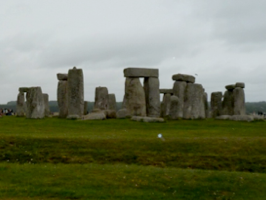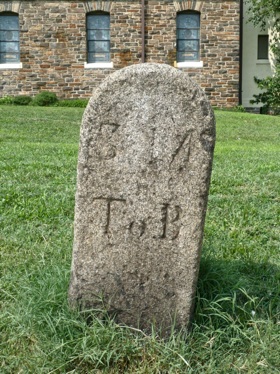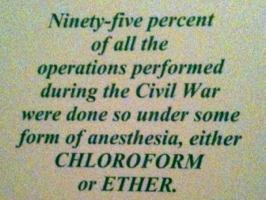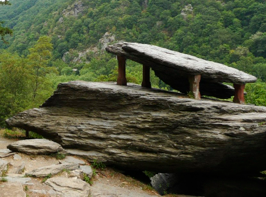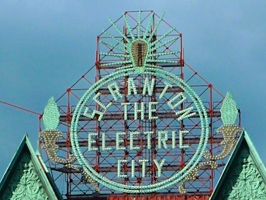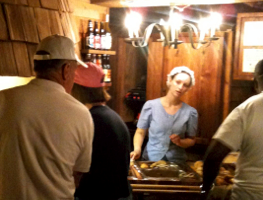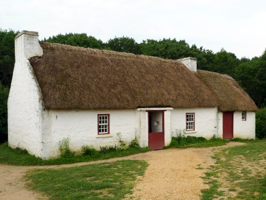
Out early I caught the 7:58 from Cardiff to Swansea and before 9:00 I was walking the streets of this once-thriving port city. Using my guide book and a tourist map I knew my agenda. The National Waterfront Museum described the history of important cities along the southern coast of Wales. It was interesting but more so it was impressive. Not even in D.C. do we have such high-tech interactive displays. In stark contrast next door was the Swansea Museum which was low-tech, bizarre, and eclectic with displays ranging from china plates to electric scooters to … wait for it … an honest to goodness mummy. I was floored and tickled all at once. Later I thoroughly wandered the town but was most affected not by what I saw but with a man I met.
As I walked the waterfront I came across a curious observatory just off the beach.

